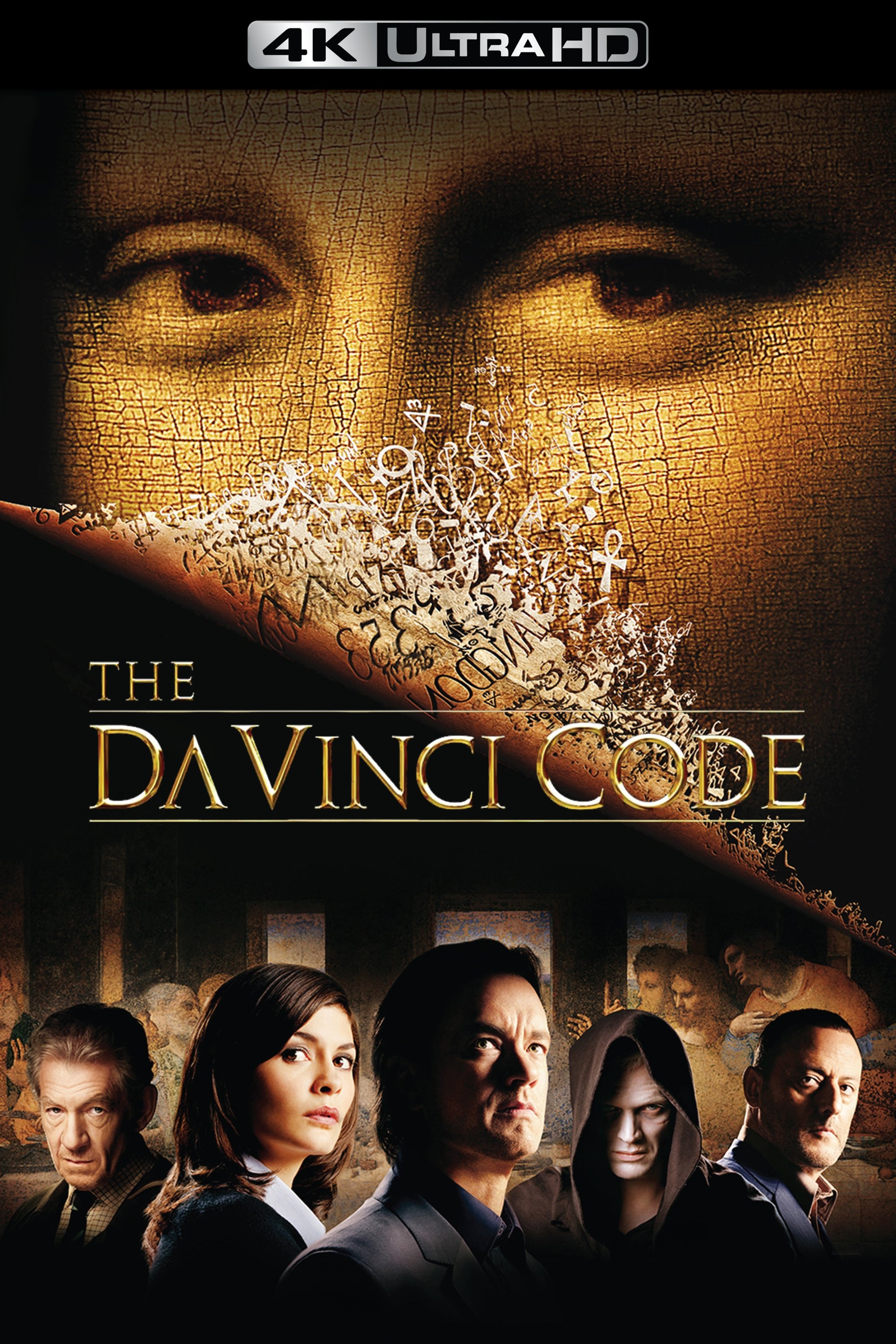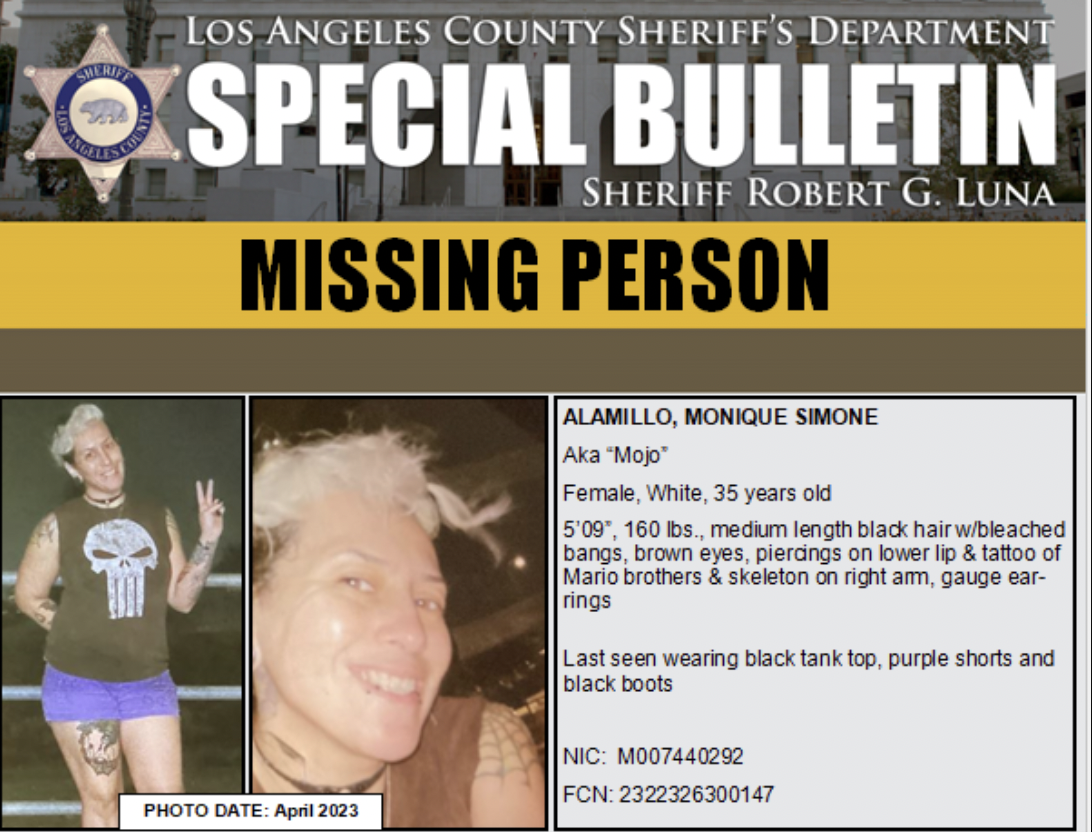The Da Vinci Code: A Comprehensive Guide

Table of Contents
The Plot and its Central Mystery
At the heart of The Da Vinci Code lies a thrilling chase involving symbology, secret societies, and a shocking secret about Jesus Christ and Mary Magdalene. The story follows symbologist Robert Langdon and cryptologist Sophie Neveu as they decipher a series of cryptic clues left behind by the murdered curator of the Louvre Museum. These clues lead them on a perilous journey, revealing the existence of the Priory of Sion, a powerful secret society that allegedly protects the truth about the Holy Grail.
The novel's central mystery revolves around the true identity of the Holy Grail, which is not presented as a physical chalice but rather as a metaphor for Mary Magdalene, who, according to the novel's interpretation, was Jesus Christ's wife and the ancestor of a bloodline that continues to this day. This claim directly challenges established Catholic doctrine and forms the foundation of the book's central conflict.
- Key Plot Twists: The murder of Jacques Saunière, the discovery of the cryptic message, the chase across Europe, the revelation of Sophie Neveu's lineage.
- Significant Locations and Artifacts: The Louvre Museum, Rosslyn Chapel, Westminster Abbey, the Château de Villette, the Holy Grail itself.
- Key Organizations: The Priory of Sion, Opus Dei (portrayed as a secretive and powerful organization within the Catholic Church).
The Historical and Religious Context
The Da Vinci Code skillfully weaves together historical facts and fictional narratives, creating a compelling, if controversial, portrayal of religious history. The novel draws heavily on the Gnostic Gospels, texts that offer alternative interpretations of Jesus's life and teachings, differing significantly from the canonical Gospels. The book posits that the Catholic Church suppressed these Gnostic texts and a more accurate version of history to maintain its power and control.
The novel’s portrayal of Mary Magdalene as Jesus's wife and the mother of his descendants challenges centuries of established religious dogma. This assertion, although fictional, sparked intense debate and controversy upon the book's release, igniting discussions about the historical accuracy of biblical accounts and the role of women in early Christianity.
- Key Historical Figures: Jesus Christ, Mary Magdalene, Leonardo da Vinci, Isaac Newton (portrayed as a member of the Priory of Sion).
- Key Historical Events and Concepts: The suppression of the Gnostic Gospels, the Knights Templar, the alleged bloodline of Jesus Christ.
- Controversies: The novel’s interpretation of religious history, its portrayal of the Catholic Church, and the factual basis of its claims.
Themes and Interpretations
The Da Vinci Code explores several compelling themes that resonate deeply with readers. One central theme is the conflict between faith and reason, as the characters grapple with conflicting evidence and competing interpretations of religious history. The novel also examines the tension between religious dogma and historical truth, challenging readers to question established beliefs and consider alternative perspectives.
Furthermore, the novel offers a feminist interpretation of Christian history, highlighting the potential suppression of Mary Magdalene's role and the marginalization of women within the Church. The concept of secret societies and conspiracy theories also plays a significant role, questioning the power dynamics within religious and political institutions.
- Key Themes: Faith vs. reason, religious dogma vs. historical truth, the role of women in Christianity, secret societies, the nature of power, the search for truth.
- Interpretations: The book can be interpreted as a thriller, a historical fiction, a commentary on religious institutions, or a feminist reimagining of Christian history; interpretations vary greatly.
The Novel's Impact and Legacy
The Da Vinci Code became a global phenomenon, selling millions of copies worldwide and translating into dozens of languages. Its success catapulted Dan Brown to international fame and sparked widespread interest in religious history, symbology, and conspiracy theories. The novel's impact extended beyond the literary world, influencing popular culture, sparking public debate, and inspiring countless articles, documentaries, and academic discussions.
The film adaptation, released in 2006, further cemented the book's place in popular culture, though it deviated in some aspects from the novel's plot. Despite criticism from some religious groups and literary scholars, The Da Vinci Code's influence remains undeniable.
- Key Awards and Accolades: While not winning major literary awards, the book's sales and cultural impact are significant accolades in themselves.
- Sales Figures and Cultural Influence: The book's sales figures are phenomenal, and its lasting impact on popular culture and discourse about religion and history is significant.
Conclusion: Decoding the Enduring Appeal of The Da Vinci Code
The Da Vinci Code remains a captivating and controversial work of fiction. Its intricate plot, provocative themes, and skillful blend of historical and religious elements continue to resonate with readers worldwide. By exploring the central mystery surrounding the Holy Grail, examining the historical and religious context, and analyzing the novel's various interpretations, we gain a deeper understanding of its enduring appeal. This comprehensive guide has provided an overview of the novel’s plot, historical background, thematic depth, and its remarkable impact.
Now it's your turn! Have you read The Da Vinci Code? Share your thoughts and interpretations in the comments section below. For a deeper understanding of The Da Vinci Code, explore its numerous critical analyses or delve deeper into the historical figures and religious concepts it touches upon. Understanding The Da Vinci Code fully requires engaging with both its fictional world and the real-world controversies it ignited. Start exploring the mysteries of The Da Vinci Code today!

Featured Posts
-
 Cooper Flagg Hype Predicting The Top Nba Draft Contenders For The No 1 Pick
May 13, 2025
Cooper Flagg Hype Predicting The Top Nba Draft Contenders For The No 1 Pick
May 13, 2025 -
 Veterany Eao Poluchat Vyplaty K 80 Letiyu Velikoy Pobedy
May 13, 2025
Veterany Eao Poluchat Vyplaty K 80 Letiyu Velikoy Pobedy
May 13, 2025 -
 Aryna Sabalenkas Controversial Stuttgart Win A Photos Impact
May 13, 2025
Aryna Sabalenkas Controversial Stuttgart Win A Photos Impact
May 13, 2025 -
 Extensive Search Underway For Missing Woman 79 In Portola Valley
May 13, 2025
Extensive Search Underway For Missing Woman 79 In Portola Valley
May 13, 2025 -
 The Da Vinci Code A Comprehensive Guide
May 13, 2025
The Da Vinci Code A Comprehensive Guide
May 13, 2025
